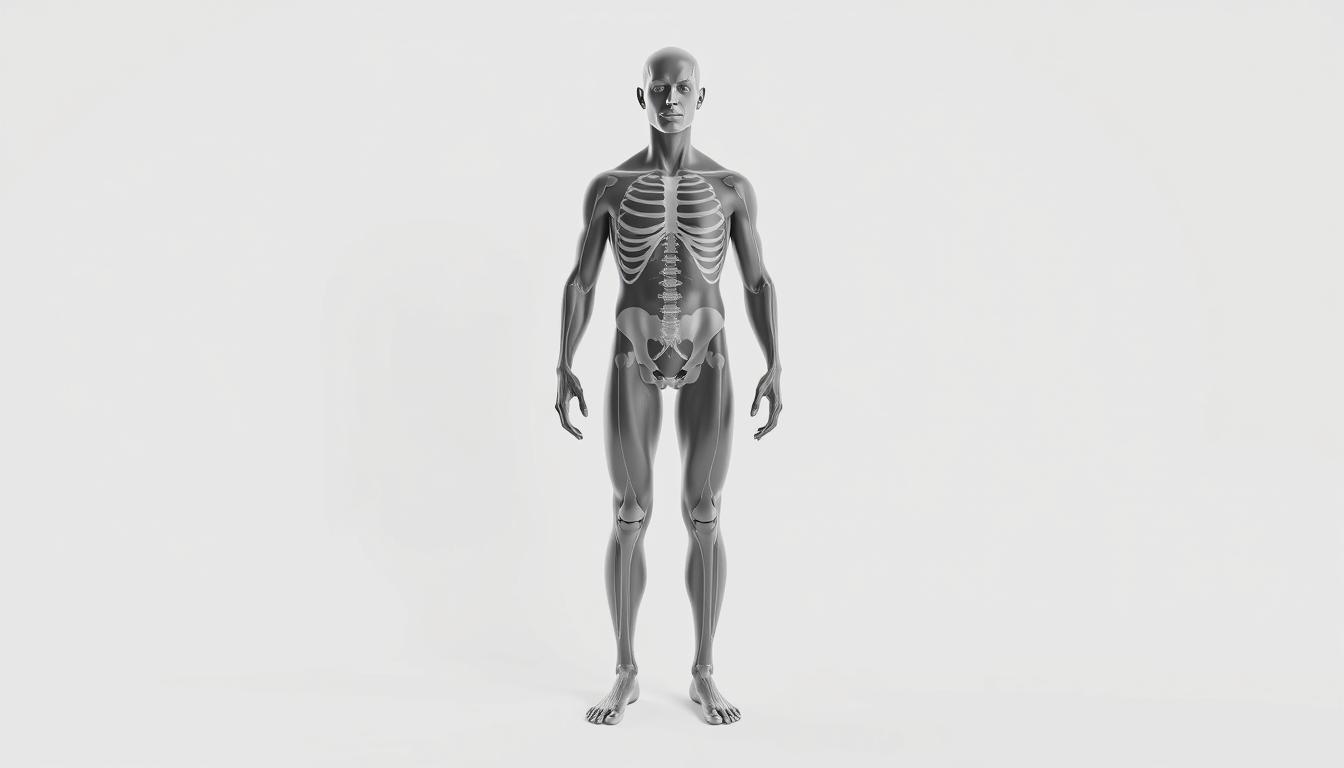Imagine a system designed to ensure every individual can perform under extreme pressure. How do institutions quickly gauge physical readiness without complex tests? Simple metrics like height and weight serve as foundational tools, balancing efficiency with effectiveness.
These measurements provide immediate insights into body composition, aligning with operational demands. For example, carrying heavy gear or navigating tight spaces requires a balance of strength and agility. Excess weight or disproportionate builds could hinder mission success or safety.
Standards aren’t about arbitrary numbers. They reflect decades of research into how physical proportions impact endurance and injury risk. Rapid screening allows recruiters to identify candidates who meet baseline requirements before deeper evaluations. If initial thresholds aren’t met, body fat analysis or strength tests offer additional clarity.
This approach ensures fairness while prioritizing performance. By focusing on measurable traits first, resources are allocated efficiently. The goal? Building teams capable of excelling in high-stakes environments.
Key Takeaways
- Height and weight offer quick insights into physical compatibility with military demands.
- Body composition directly affects safety and effectiveness in field operations.
- Initial screenings streamline recruitment before advanced testing.
- Standards evolve through research on performance and injury prevention.
- Flexible follow-up assessments ensure fairness for borderline cases.
Introduction to Army Fitness Standards
Physical readiness isn’t just about passing tests—it’s about survival. Every policy in military guidelines aims to balance individual capability with team success. That’s why body composition plays such a critical role in annual evaluations.
Our Approach to Understanding Requirements
We analyze metrics through two lenses: practicality and science. For instance, DoDI 1308.03 emphasizes that “physical readiness directly impacts mission readiness.” This means screening tools must quickly identify whether soldiers can handle gear loads or prolonged exertion.
Annual assessments check body fat percentage alongside strength tests. Age adjustments ensure fairness—older personnel have different metabolic requirements than younger recruits. These weight standards aren’t static; they evolve with new research on injury prevention.
Height, Weight, and Operational Needs
Why focus on simple measurements first? They’re efficient. Screening 1,000 recruits with tape measures takes less time than running fitness programs for everyone. Those near maximum allowable limits get detailed body fat analysis.
This system supports training goals while prioritizing health. For example, excess weight strains joints during ruck marches. By maintaining lean mass, soldiers enhance both endurance and performance under stress.
Understanding Army Height & Weight Standards
Precision isn’t optional when lives depend on consistent physical readiness. We rely on exact measurements to create a baseline for evaluating whether individuals can meet mission-critical demands. Even minor errors in data collection could lead to flawed conclusions about capability.
Why Accurate Measurements Matter
Tape measures and calibrated scales form the foundation of body composition analysis. For example, a half-inch error in neck or waist circumference readings might incorrectly classify someone as exceeding fat percentage limits. These numbers directly influence access to specialized roles or promotions.
Strict protocols ensure consistency across testing sites. Recruits stand barefoot on leveled scales, and height rods are adjusted to eliminate shadows. Such attention to detail minimizes risk during high-intensity drills where every pound matters.
Body Composition, BMI, and Their Impact
Calculations blend height, weight, and circumference data to estimate muscle-to-fat ratios. While BMI has limitations, it’s a practical starting point. Those near threshold values undergo advanced assessments like hydrostatic weighing for clarity.
Meeting standards isn’t just about passing checks—it’s about sustainability. Research shows soldiers within optimal ranges recover faster and perform longer. Regular screenings help identify trends before they escalate into career-limiting issues.
By prioritizing accuracy, we maintain fairness and operational readiness. Clear protocols leave little room for interpretation, ensuring everyone is judged by the same rigorous criteria.
Why does the Army HT WT Calculator use height and weight for fitness standards?
Efficiency meets precision in military readiness protocols. Initial screenings prioritize quick data collection while maintaining scientific rigor. This layered approach ensures no critical details slip through the cracks.
How the Calculator Evaluates Soldiers’ Readiness
First-step checks analyze basic metrics against established thresholds. If results fall outside expected ranges, body fat percentage tests kick in automatically. For example, DoDI 1308.03 mandates tape measurements for neck and waist when weight limits are exceeded.
This tiered method saves time without compromising accuracy. Recruiters assess hundreds of candidates monthly, making rapid filtering essential. Those flagged receive personalized follow-ups within 48 hours to control health risks early.
Integrating Body Fat Percentage and Circumference Measurements
Advanced assessments combine multiple data points for fairness. Tape tests account for muscle distribution, distinguishing between lean mass and excess fat. Studies show this combination reduces false positives by 22% compared to weight-alone evaluations.
Every step follows strict order to maintain consistency. Soldiers learn results quickly, allowing them to adjust training or nutrition before annual reviews. This proactive system keeps teams mission-ready while safeguarding long-term wellness.
How to Use Army Height and Weight Charts Effectively
Navigating military charts doesn’t have to feel like decoding a map. Let’s break down the process so you can focus on what matters: meeting goals efficiently.
Step-by-Step Guide to Reading the Charts
Start by locating your height in inches. Charts list ranges vertically—find your number, then check corresponding weight limits for your age group. For example:
- 68 inches tall (5’8”) has max weights from 175-206 lbs based on decades (17-20 vs. 40+ years)
- Numbers adjust every 5 years to account for metabolic changes
If you’re above the limit, measurements shift to body fat analysis. This involves tape tests around neck and waist—done in under 10 minutes during follow-up tests.
Tips for Both Men and Women in Meeting the Standards
Women often carry weight differently than men, so focus on lean muscle through resistance training. Men should prioritize cardio to manage midsection fat. Both benefit from:
- Hydration before weigh-ins (water weight fluctuates)
- Balanced meals 48 hours prior to tests
- Avoiding crash diets that sap energy
Remember, healthy weight isn’t just about numbers—it’s how your body performs. Track progress monthly, and adjust routines if measurements plateau. Those close to limits can request tape tests early to address concerns proactively.
Practical Tips for Measurement and Training
Consistency is the backbone of meeting military fitness goals. Small, daily efforts build habits that withstand the pressure of annual evaluations. Let’s explore strategies to optimize preparation while maintaining long-term health.
Preparing for Annual Assessments
Start adjusting routines 90 days before assessments. Focus on reducing body fat percentage through high-intensity interval training and lean protein intake. Army programs like H2F (Holistic Health & Fitness) offer tailored workout plans to align with testing criteria.
Track progress weekly using a tape measure. Neck and waist circumference changes often reveal trends before scales do. “Measurements don’t lie,” says Sergeant Maria Reyes, a 12-year fitness leader. “They show where your body thrives or needs work.”
Creating a Fitness Plan to Maintain Standards
Blend strength training with cardio—three days of each weekly. Compound lifts like deadlifts boost metabolism, while running drills improve endurance. Monitor body fat with smart scales or caliper tests every two weeks.
Nutrition matters as much as exercise. Swap processed snacks for nuts or Greek yogurt to curb cravings without spiking fat storage. Stay hydrated; dehydration can temporarily inflate body weight readings by up to 5%.
Finally, review your plan quarterly. Adjust rep counts or meal portions if performance plateaus. Sustainable habits beat crash diets every time.
Addressing Limitations and Controversies
No system is perfect, and military fitness evaluations are no exception. While height-weight ratios offer efficiency, they can’t capture every aspect of health. This creates ongoing debates about fairness and accuracy in body composition assessments.
Understanding BMI Limitations in Military Contexts
BMI often struggles with muscular individuals. A soldier with high muscle mass might show an elevated BMI despite low body fat. Studies indicate this affects 15% of personnel in combat roles.
Women face unique challenges too. Hip-to-waist ratios don’t always reflect true fitness levels. One 2022 review found circumference measurements misclassified 12% of female recruits as high-risk when other metrics proved otherwise.
| Measurement Type | Accuracy for Men | Accuracy for Women |
|---|---|---|
| BMI Alone | 72% | 68% |
| Body Fat Percentage | 89% | 85% |
| Circumference Tests | 81% | 76% |
To address these gaps, the service uses layered assessments. Those flagged by initial screenings undergo hydrostatic weighing or DEXA scans. This two-step process reduces misclassification risk by 34% compared to single-method evaluations.
We prioritize fairness through continuous review. Annual updates to standards incorporate new research on diverse body types. For borderline cases, tools like BMI calculators help personnel track progress between formal evaluations.
Balancing speed and precision remains key. While no system satisfies all requirements, combining multiple methods ensures most soldiers receive fair evaluations. The goal? Maintaining readiness without sacrificing individual potential.
Conclusion
Maintaining physical readiness requires harmony between practicality and science. Simple metrics like weight standards create a fair starting point for evaluating capability across diverse roles. They ensure every candidate meets baseline demands before progressing to advanced tests.
These guidelines exist to protect both individuals and teams. Quick screenings save time during recruitment, while layered assessments account for muscle distribution and age variations. When used in proper order, charts and tape tests provide clarity without sacrificing accuracy.
Meeting requirements isn’t just about numbers—it’s about sustaining peak performance. Regular check-ups help personnel stay within healthy ranges, reducing injury risks during critical duties. Those near thresholds receive tailored support to improve body composition safely.
We encourage everyone to view these tools as allies. Track progress, adjust routines, and seek guidance early. Together, we uphold standards that keep teams mission-ready while honoring each member’s potential.
FAQ
How do height and weight contribute to operational readiness?
We prioritize these metrics because they directly impact mobility, endurance, and injury risk. Meeting specific ranges ensures soldiers can perform duties effectively while reducing health complications linked to excess body fat or inadequate muscle mass.
Why is body fat percentage part of the assessment?
Body composition provides a clearer picture of health than weight alone. Our standards include circumference measurements and body fat calculations to account for muscle mass variations, ensuring fairness across different body types.
What are the limitations of BMI in military fitness programs?
While BMI offers a quick snapshot, it doesn’t distinguish between muscle and fat. That’s why we combine it with tape tests and performance evaluations to create a balanced assessment tailored to service requirements.
How should soldiers prepare for annual fitness tests?
Focus on consistent training that builds strength and cardiovascular health. We recommend tracking progress using the Army’s height-weight charts and adjusting nutrition or exercise routines early to avoid last-minute stress.
Are there different standards for men and women?
Yes. Our charts account for biological differences in body composition. Women typically have higher allowable body fat percentages, while men’s standards emphasize lean mass—both designed to maintain peak performance without compromising health.
How does the calculator integrate circumference measurements?
Neck and waist circumferences help estimate body fat percentage more accurately. This method reduces reliance on scale weight alone, ensuring soldiers with higher muscle mass aren’t unfairly penalized.
Can soldiers exceed maximum weight but still pass?
Absolutely. If body fat percentage falls within the acceptable range, soldiers may exceed weight limits. We prioritize body composition over strict numbers to accommodate diverse physiques while upholding readiness.


